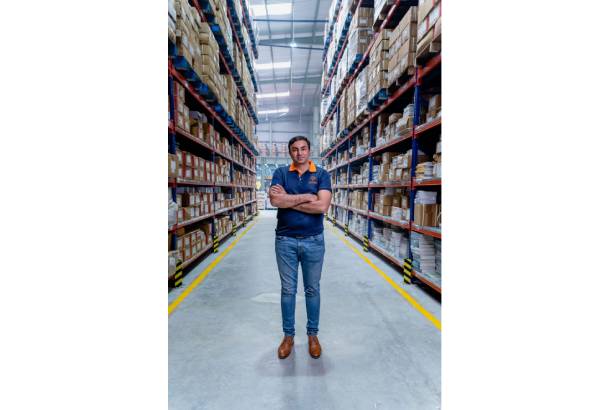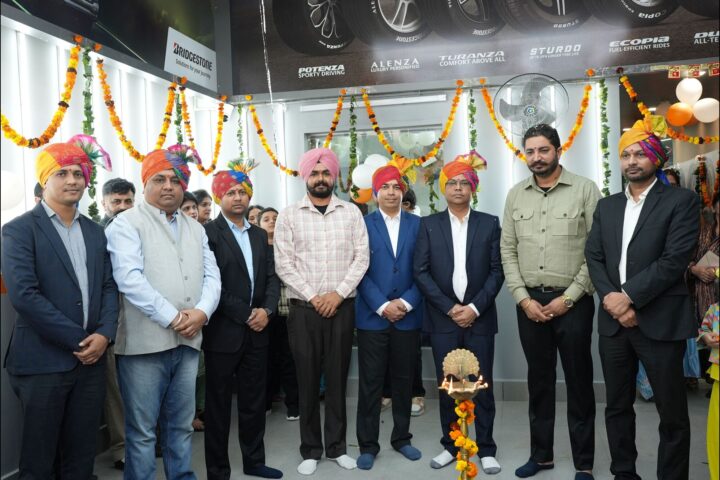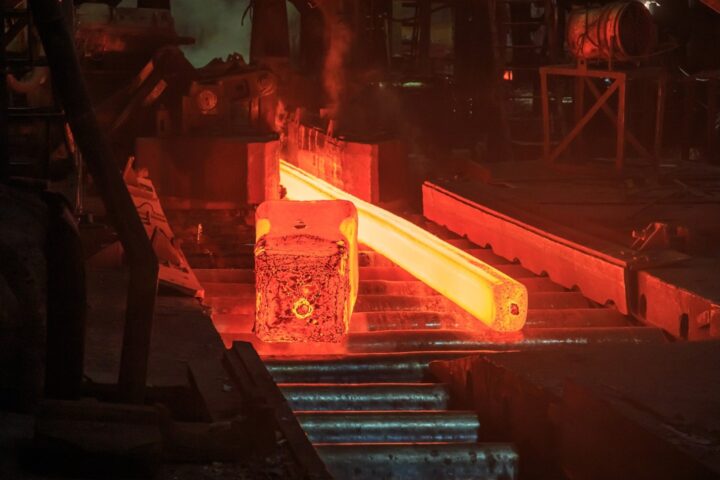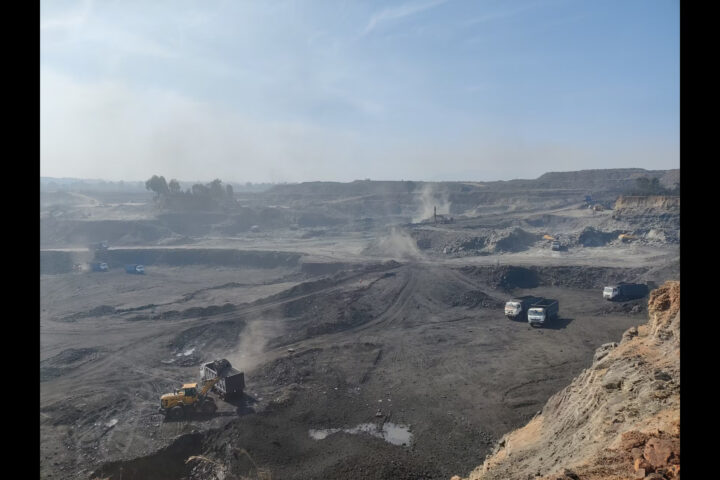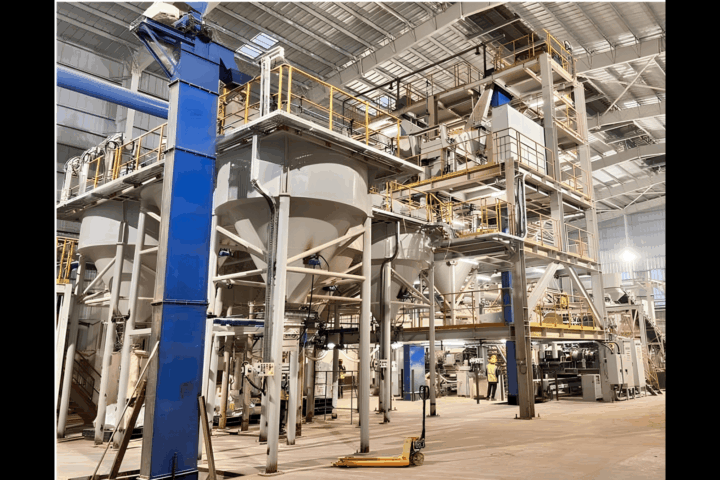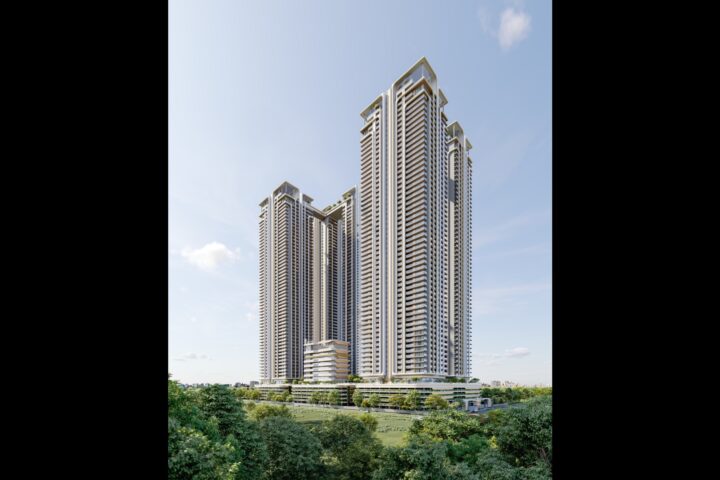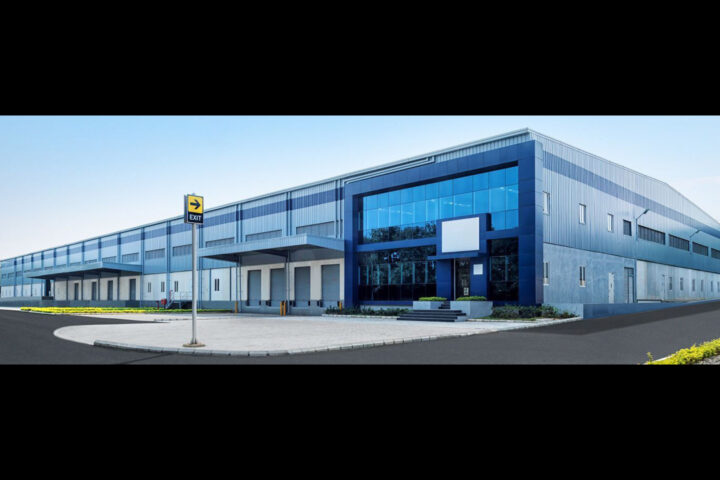The growing shift toward built-to-suit warehousing is being driven by brands’ increasing demand for customized, efficient, and scalable supply chain infrastructure
How is the market for warehouses shaping up in India, particularly in terms of demand, client expectations, and regional growth?
India’s warehousing sector is evolving rapidly, transitioning from traditional storage models to tech-enabled fulfillment hubs. Both emerging D2C brands and established enterprises are increasingly outsourcing their warehousing to professional 3PL and 4PL players – seeking integrated solutions that can manage everything from post-production to last-mile dispatch.
A key shift in client expectations is the demand for flexible, pay-per-use commercial models that allow brands to scale efficiently without fixed overheads. Additionally, the rise of quick commerce is driving demand for in-city and near-city dark stores, enabling rapid deliveries and tighter SLA adherence. As digital commerce grows, brands need wider and deeper warehousing footprints – especially across Tier 2 and Tier 3 cities – to ensure faster delivery and broader market access. Clients today prioritize real-time visibility, SLA compliance, and operational agility, making technology the cornerstone of modern warehousing infrastructure. The sector’s momentum is reflected in investor confidence too – according to Vestian, investments in warehousing and logistics surged 203%, reinforcing its critical role in powering India’s consumption-led growth.
How do you identify strategic locations for your warehousing parks? What are the top three factors that influence your site selection?
Strategic site selection is guided by a combination of data-led demand mapping, infrastructure readiness, and proximity to key consumption and distribution zones. Our approach begins with in-depth demand and fulfillment analytics, where we assess order flows, platform-specific volume trends, and client growth forecasts to identify regions that can serve as either consolidation hubs or high-throughput dispatch nodes. Connectivity and multimodal access are equally critical – our facilities are chosen based on their seamless access to highways, ports, rail networks, or airports, aligned with the distribution strategies of the clients we serve. Additionally, we evaluate the availability of skilled manpower, regulatory ease, and the maturity of the local ecosystem, while also considering the scalability of real estate to accommodate future growth. All selected facilities must be enterprise-grade, capable of supporting complex, large-scale operations while remaining fully compliant with safety, fire, and operational norms. These spaces must also be resilient and well-equipped to integrate with our full-stack, tech-enabled supply chain services. For example, our recent site selections in Hyderabad and Bhiwandi were based on a combination of rising regional demand, strong connectivity, and infrastructure readiness to support our technology-led operations. The core objective remains clear: to stay close to demand while delivering operational efficiency, speed, and flexibility.
What is your current footprint across India, and are there any upcoming projects in Tier 2 or Tier 3 cities?
We operate a pan-India network of over 40 fulfillment centers and managed facilities, spanning approximately 2.2 million square feet. This network includes both multi-client and client-dedicated facilities, enabling seamless fulfillment across B2B, D2C, and marketplace channels. As demand accelerates in Tier 2 and Tier 3 cities, we are actively expanding our presence in key regional hubs to meet this growing need. Recent developments include the launch of a 45,000 sq ft fulfillment center in Gurgaon to serve NCR-based demand, a 200,000 sq ft dedicated facility in Shamshabad (Hyderabad region) built for a leading grocery enterprise, and a 17,000 sq. ft. multi-client fulfillment center in Medchal (Hyderabad region) offering flexible, pay-per-use services.
On the logistics front, we service more than 24,000 pincodes across India through a robust network of national and regional logistics partners. This enables the company to offer a wide range of freight services, including D2C, part-truck-load (PTL), same-day delivery (SDD), and next-day delivery (NDD), empowering brands to scale rapidly across both established and emerging markets.
We are seeing a noticeable shift in client preference from ready-to-use spaces to built-to-suit warehouses. What’s driving this change, and how is your company responding to it?
The growing shift toward built-to-suit warehousing is being driven by brands’ increasing demand for customized, efficient, and scalable supply chain infrastructure. As businesses manage more complex and diverse SKU portfolios, standard ready-to-use spaces often fall short of meeting their specific operational requirements. We address this challenge through full-stack, modular solutions that are designed to support high-velocity SKU management, incorporate temperature-controlled zones, and include sortation and compliance-specific infrastructure. Our approach also ensures seamless tech integration and detailed manpower planning from day one. For us, built-to-suit warehousing goes beyond just constructing a facility – it is about delivering a future-ready operational ecosystem that is tailored to both the current and evolving needs of our clients.
How do you approach partnerships with global investors, e-commerce players, or 3PLs to scale your parks?
Our approach to partnerships – with global investors, enterprise clients, e-commerce players, and third-party logistics providers – is rooted in long-term value creation and operational scalability. For investors, we focus on building technology-first, scalable assets that are closely aligned with macro consumption trends, ensuring sustained returns and future readiness. With enterprise clients, we integrate deeply with their growth roadmaps, offering future-proof infrastructure and the flexibility needed to adapt to evolving business needs. In collaboration with 3PLs, we selectively enhance last-mile delivery capabilities and provide critical support during peak demand periods. Our pay-per-use model, combined with our tech-enabled, multi-client platform, empowers partners to scale rapidly, optimize operational costs, and seamlessly plug into a fully digitalized, integrated supply chain network.
What sustainability features have you incorporated into your warehouses to align with ESG goals?
Sustainability is deeply integrated into our business model, reflecting our commitment to responsible growth and environmental stewardship. As a full-stack supply chain solutions provider, we operate in a paperless, system-driven manner that minimizes our environmental footprint while maximizing operational efficiency. Our multi-client and shared facility model optimize warehouse space usage by allowing multiple brands to operate under one roof, significantly reducing carbon emissions and resource wastage. Across our network, we have implemented green infrastructure practices, including the use of solar power at several fulfillment centers, rainwater harvesting systems to optimize water consumption, and energy-efficient equipment to manage power and fuel usage more effectively. For us, sustainable supply chains are not merely a responsibility – they are strategic enablers that enhance both operational resilience and long-term cost competitiveness.
As technology becomes a key differentiator in warehousing, how are you leveraging automation and digital solutions to add value?
Technology is the backbone of our operations, driving efficiency, accuracy, and scalability across the supply chain. Our proprietary platforms ProWMS and ProShip, provide real-time visibility, predictive analytics, and centralized control tower monitoring, ensuring seamless execution and informed decision-making. We utilize a range of advanced automation tools, including dynamic picking algorithms, scan-based shelf-life management, courier claims reconciliation modules, and integrated CCTV systems with one-click feed slicing for enhanced operational control. In addition, we are leveraging artificial intelligence to deliver predictive insights and proactive exception management. Our AI-powered solution, ProPilot, enables first-level Root Cause Analysis (RCA) for any shipment, facilitating faster issue resolution and continuous process improvement. As client expectations evolve toward plug-and-play, tech-integrated spaces, Prozo is enabling businesses to scale faster, smarter, and more reliably through its innovation-led, full-stack platform.
What impact have the National Logistics Policy and Gati Shakti initiative had on warehousing infrastructure, and what additional policies are needed to drive sector growth?
The National Logistics Policy and the Gati Shakti initiative have significantly strengthened India's focus on infrastructure development. The Union Budget 2025, with an allocation of ₹11.21 lakh crore for infrastructure and a special emphasis on multi-modal logistics parks, is accelerating the emergence of Tier 2 and Tier 3 cities such as Lucknow, Jaipur, and Coimbatore as cost-efficient logistics hubs. We are actively expanding its footprint in these regions, aligning its strategy with this national shift. Infrastructure-focused measures, including ₹1.5 lakh crore in interest-free loans to states and the ₹4,000 crore PM-Drive scheme, are expected to further catalyze growth and support our mission to democratize access to enterprise-grade supply chains. However, to unlock the full potential of this growth, critical enablers must be addressed – such as the implementation of clearer zoning regulations, streamlined land acquisition processes, single-window regulatory clearances, and incentives for ESG-aligned, technology-driven logistics facilities.
What are the challenges facing the warehousing sector in India? Which sectors are currently driving demand for warehousing?
The logistics sector in India is currently grappling with several key challenges. One of the most pressing issues is fragmentation, where brands often work with multiple logistics partners, leading to operational silos and inefficiencies. Another major hurdle is the absence of uniform benchmarks, with a lack of standardized norms around storage, compliance, and service levels. Additionally, scalability remains a concern, especially when it comes to supporting fast-growing brands in Tier 2 and Tier 3 cities. At the same time, demand for efficient logistics solutions is being driven by high-growth sectors such as beauty and personal care, fashion and lifestyle, consumer electronics, FMCG, and grocery and essentials. These categories require frequent, highly accurate, and technology-enabled fulfillment — capabilities that Prozo is purpose-built to deliver with its full-stack, agile supply chain platform.
How do you see the Indian warehousing sector evolving over the next 5 to 10 years? What role do you see your company playing in that transformation?
Over the next decade, Indian warehousing is set to become increasingly integrated, automated, and predictive, evolving into real-time, AI-powered fulfillment nodes that support the demands of omnichannel commerce. This transformation will be driven by the rapid adoption of advanced technologies, the implementation of sustainable practices, the strategic expansion into Tier 2 and Tier 3 cities, and the rise of quick commerce, which is fuelling the growth of smaller, high-intensity urban dark stores. Our full-stack, SLA-driven platform is built to lead this evolution, enabling brands to access modern, agile, and enterprise-grade supply chains at scale. With a strong focus on technological innovation, operational excellence, and customer-centricity, we are well-positioned to be a key catalyst in shaping the next phase of India’s supply chain and logistics landscape.


